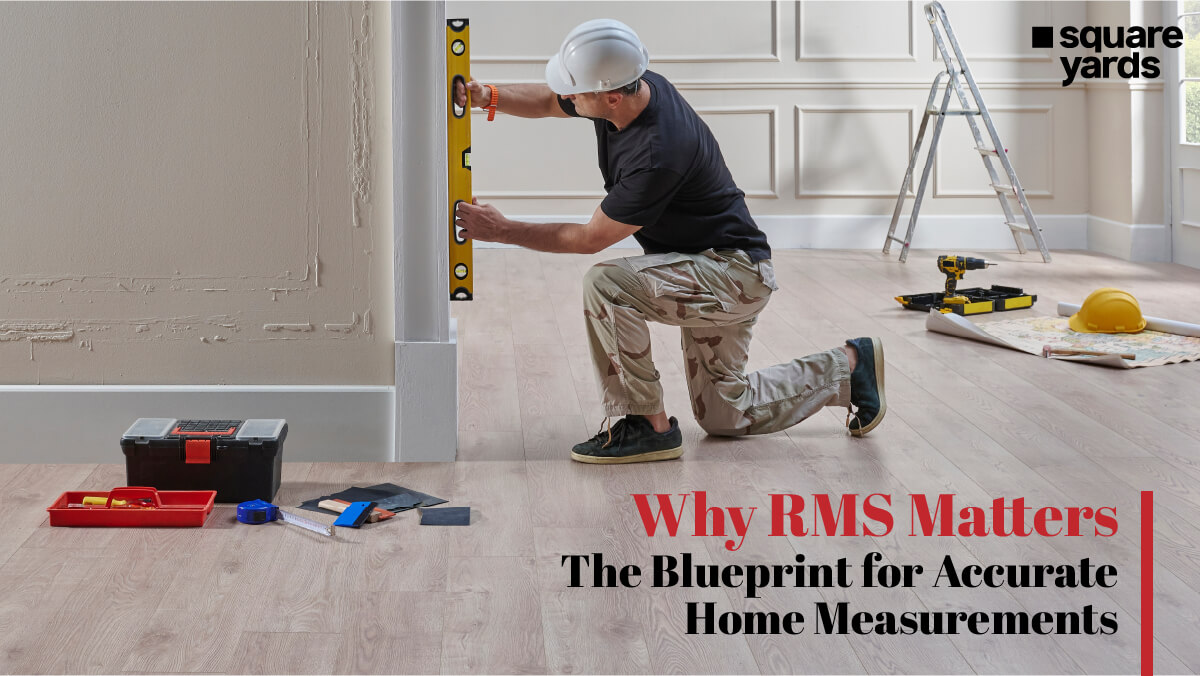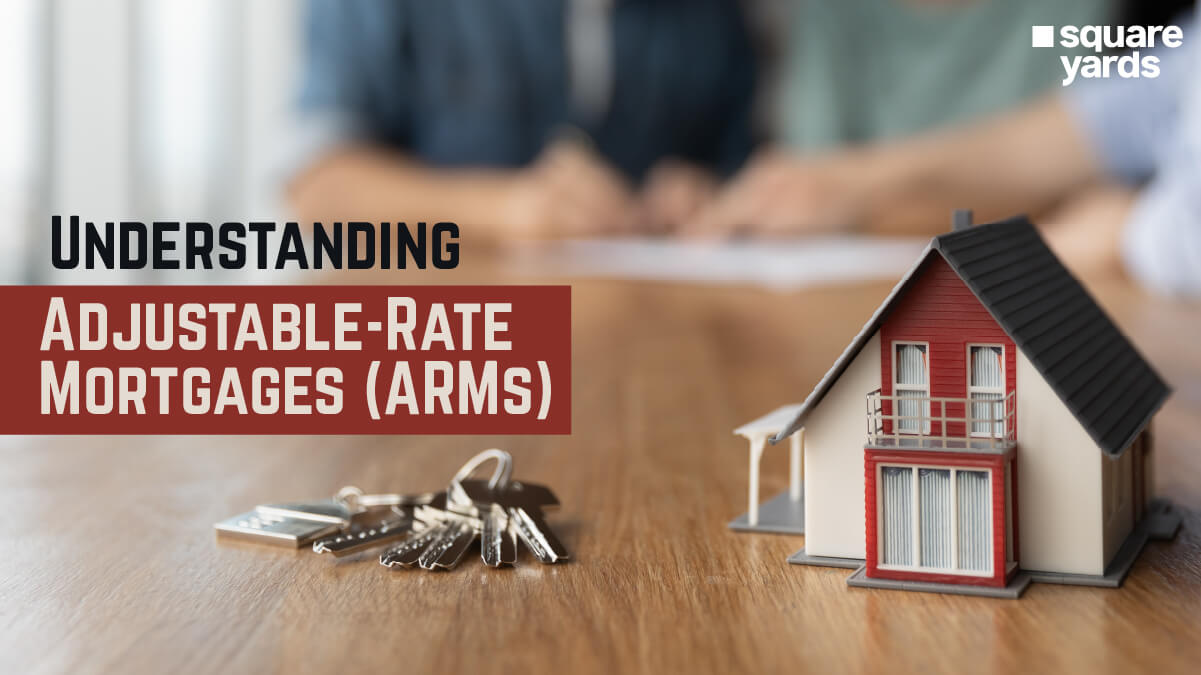The Residential Measurement Standard (RMS) is essential for ensuring accuracy and consistency in property measurements, which is crucial for both real estate professionals and buyers. It provides a standardised approach, eliminating the confusion that often arises from using different measurement methods. Following Residential Measurement Standard principles allows professionals to present properties confidently, reduce disputes, and maintain high standards in real estate transactions.
Why Do we Need a Residential Measurement Standard (RMS)?
The Residential Measurement Standard (RMS) is important because it makes buying and selling homes clearer and fairer. Here’s why we need it:
-
- Same Rules for Everyone: RMS ensures that all real estate agents measure homes the same way, making it easier to compare different properties.
- Correct Information: It helps real estate agents provide accurate home sizes, which is important for understanding how much a home is worth.
- Trust: Buyers and sellers can feel confident knowing the measurements are done correctly and fairly.
- Honesty: Real estate agents must follow ethical rules to provide correct information. RMS helps them meet these rules by giving clear guidelines.
- Fewer Disagreements: Having a standard way to measure homes reduces arguments about home size between buyers and sellers.
- Legal Requirement: In some places, like Alberta, real estate professionals are legally required to follow the RMS.
Measurement Choices: Metric or Imperial
When measuring a property, you can choose between the Metric system (meters and centimetres) or the Imperial system (feet and inches). It’s essential to pick one system and use it consistently throughout the entire property to avoid confusion and ensure clear communication. Accuracy is also important, with the total area needing to be calculated within a 2% margin of error. Whether you choose metric or imperial depends on local preferences, but sticking to one system ensures that the measurements are precise and easy to understand.
Know Your Measuring Spots: Residential Measurement Standard Principles

Accurate property measurements require understanding the specific guidelines for different types of structures. Each property type has unique features that influence where and how measurements should be taken. Below, we provide detailed guidance for measuring all kinds of Residential Measurement Standard principles.
Detached Homes
For detached homes, the measurement process involves taking the dimensions around the exterior perimeter of the house, ideally at the foundation level. This approach captures the full size of the structure, ensuring that all areas of the property are accounted for. When exterior measurements are difficult due to obstacles, an interior measurement combined with wall thickness can estimate the total size.
Duplexes, Attached Homes, Townhouses, and Apartments

In properties where one or more walls are shared with neighbouring units, such as duplexes, townhouses, and apartments, measurements are taken from the interior perimeter walls at floor level. Known as “paint-to-paint” measurements, this method accurately captures the living space within the shared structure. It’s important to clearly state if exterior measurements are used to avoid confusion and provide transparency in property listings.
Basements
According to the RMS, basements are not included in the total living area. However, fully developed walk-out basements or other below-grade rooms can be measured separately and noted in the listing as valuable additions to the property. These spaces, while not part of the official above-grade measurement, still contribute to the overall appeal and functionality of the home.
Multi-level Structures
Only the areas above grade level are included in the official RMS area for multi-level homes. Any below-grade portions, such as split-level areas or rooms in walk-out basements, are excluded from the main calculation but can be documented separately. This ensures a clear distinction between the primary living space and additional lower-level areas.
Additional Structures
Any additional rooms or structures above grade and permanently attached to the main house can be included in the RMS area, provided they are usable year-round. To qualify, these structures must have permanent heating and electrical systems installed. This includes additions like sunrooms or extended living areas, provided they meet the standard for continual use.
Ceiling Height
Ceiling height is important in determining whether a space can be included in the overall property measurement. To qualify, the room must have a minimum ceiling height of 7 feet (2.13 meters). For rooms with sloping ceilings, the area is included as long as a portion of the room meets the 7-foot minimum and the rest has at least a 5-foot ceiling height. This ensures that only usable, comfortable spaces are counted in the measurement.
Unusual Spaces
Unique features such as bay windows, bow windows, dormers, and cantilevers are included in the RMS area if they meet the required floor-to-ceiling height of 5 feet (1.5 meters). These spaces must be extensions of the main structure, with usable floor space starting at floor level. Including these areas adds value to the property and ensures the total measurement reflects the full liveable space.
Open Spaces
Open spaces, such as vaulted ceilings or large stairwells, are not included in the total RMS area, as they do not contribute to the home’s usable floor space. These open areas are subtracted from the overall measurement, ensuring that the calculation reflects the actual living area available within the property. This rule helps provide an accurate representation of the home’s size for potential buyers.
Final Words
In conclusion, the Residential Measurement Standard principles keep property measurements clear and accurate. By following the RMS, real estate professionals ensure buyers get reliable information. This reduces mistakes and avoids disputes about property size. It also helps agents meet legal and ethical standards. Using RMS builds trust and improves professionalism in real estate transactions.
You May Also Read
|
What is House Closing Day |
|
|
Know The Process of Buying a House |
|
|
Guide To First Time Home Buyer Mistakes |
|
|
All About Statement of Adjustments |
Frequently Asked Questions (FAQs)
Real estate professionals must use the RMS to ensure accurate, consistent measurements and comply with ethical standards, providing reliable information to clients.
No, municipal tax roll measurements cannot be used as RMS, even if disclosed, because they may not align with the RMS guidelines for accuracy.
No, using measurements from a previous listing is not allowed, as those measurements may not meet the current RMS standards or be accurate.
Non-industry members, such as home builders, are not required to use RMS because their role focuses on construction, not the sale or lease of properties, which is governed by different regulations. Why is using the RMS principles necessary for real estate professionals?
Can the size from a municipal tax roll be used as RMS if I disclose the source?
Can I use the size from a previous listing in a listing database as RMS?
Why aren’t non-industry members, like home builders, required to use the RMS?



































